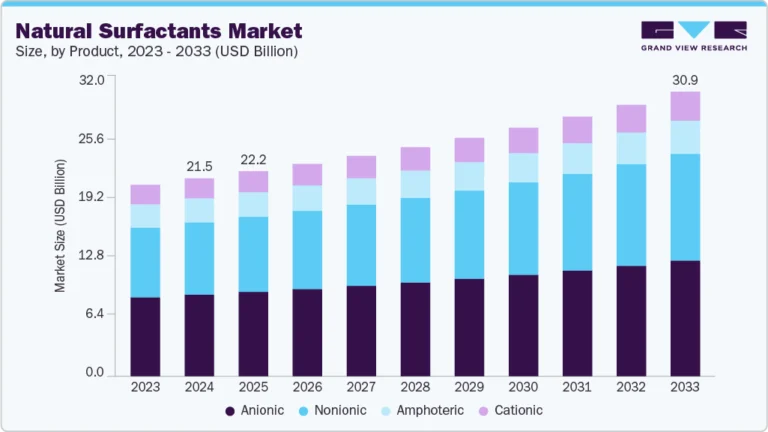Solar AI Market Size, Share & Trends Analysis growing at a CAGR of 20.8% from 2025 to 2030

The global solar AI market size was estimated at USD 5.96 billion in 2024 and is projected to grow at a CAGR of 20.8% from 2025 to 2030. AI integration into solar design platforms is accelerating as companies work to automate and enhance the solar project lifecycle. With AI, design platforms can instantly analyze satellite imagery, shading, roof geometry, and energy consumption patterns to create highly customized system proposals. This integration reduces the time needed for manual surveys and engineering work, making project initiation much faster. It improves accuracy, helping installers minimize errors in system sizing, equipment selection, and installation planning.
Request a free sample copy or view report summary: https://www.grandviewresearch.com/industry-analysis/solar-ai-market-report/request/rs1
Companies adopting AI-driven design tools are positioning themselves to handle higher project volumes with fewer resources. For instance, in February 2025, Sunnova Energy International, Inc., a U.S.-based company, partnered with OpenSolar to integrate AI-powered design into its Catalyst dealer platform, enabling faster, more accurate solar system proposals across the U.S. The partnership aims to improve efficiency, meet growing market demand, and set a new standard for speed and precision in solar deployments.
AI models are significantly transforming the solar energy industry by improving forecasting accuracy, which is crucial for optimizing energy production and consumption. By integrating real-time weather data with historical energy trends, these models provide more precise predictions about solar energy generation. This enhanced forecasting allows grid operators to better manage the distribution and storage of energy, ensuring that supply meets demand efficiently. As solar energy is intermittent, having accurate predictions helps prevent imbalances and reduces the risk of grid instability or blackouts. AI-driven solutions also enable more effective use of energy storage systems, ensuring that excess energy produced during peak sunlight hours is stored and used during low-generation periods.
The integration of solar energy, battery storage, and artificial intelligence (AI) is becoming important in the renewable energy market, especially for grid decarbonization. For instance, Amazon.com, Inc.’s Baldy Mesa solar-plus-storage farm shows how AI-driven solutions are enabling better energy forecasting, storage optimization, and grid stability, which are essential as renewable energy production is often intermittent. This trend shows a broader push to enhance energy system reliability, reducing dependence on fossil fuels while promoting cleaner alternatives. Furthermore, AI models help optimize when and how energy should be stored or distributed, ensuring a consistent flow of carbon-free power, even during non-peak production hours. With growing investments in energy storage and AI capabilities, the solar sector is evolving into a more efficient, responsive, and sustainable energy market. This trend signifies a shift toward more advanced grid integration technologies that will drive the next wave of clean energy innovation.
Technology Insights
Based on technology, the machine learning segment dominated the industry and held a 49.9% share in 2024 due to its ability to enhance prediction accuracy and optimize system performance. It processes large datasets, including weather patterns and energy output, to improve efficiency. Machine learning algorithms predict energy generation, identify potential failures, and optimize operations. These technologies learn from historical data, offering valuable insights for long-term planning and real-time decision-making. This capability is key to maximizing the performance of solar energy systems.
The computer vision segment is expected to grow at the fastest CAGR over the forecast period. It enhances real-time monitoring of solar panels and systems by analyzing visual data, enabling early detection of faults. This technology aids in identifying performance issues, allowing for quicker intervention and minimizing downtime. The ability to automate inspections and detect anomalies in solar installations results in improved operational efficiency. Moreover, computer vision helps optimize the performance of solar assets, ensuring that they operate at their full potential. It also allows for predictive maintenance, reducing the frequency of costly repairs. As a result, the integration of computer vision in solar AI systems is becoming a key factor driving the sector’s expansion.






